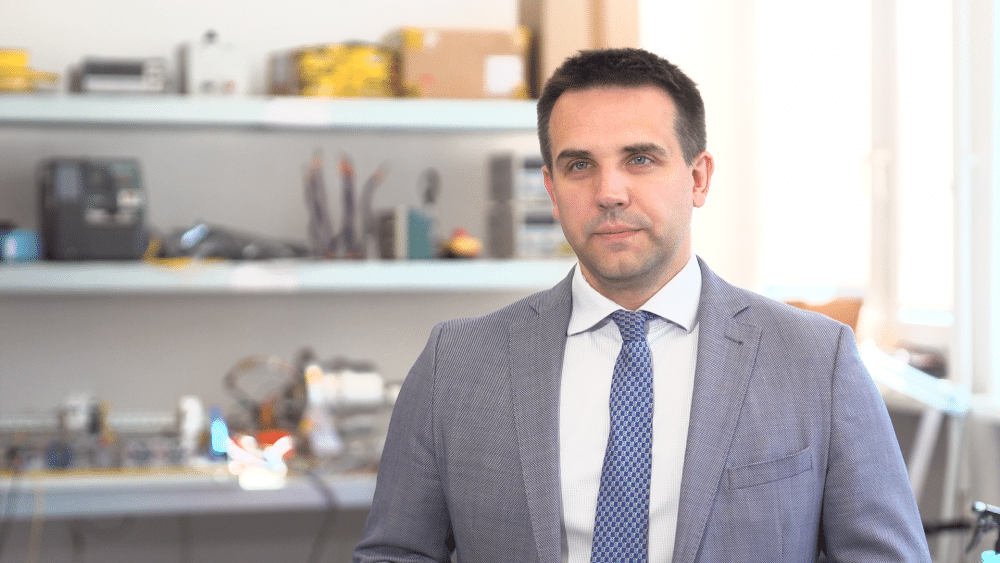Implementing an orbital refuelling system could extend the operational life of existing satellites by up to 20 years. This would result in substantial operational cost savings for satellite operators, extend the useful life of satellites, and consequently reduce the amount of space debris. Currently, no similar solution exists in Europe, but a Polish consortium is intensely working on its development. Team PIAP Space, in collaboration with scientists from Łukasiewicz – ILOT, are developing technologies that allow satellites to be moved closer and further away (known as Rendezvous and Proximity Operations, RPO), docking systems, and fuel transfer systems to ensure a safe and reliable connection and fuel flow.
“Refuelling satellites in orbit is possible. This has already been proven in several NASA missions. Of course, the space station, which has been orbiting above us for years, is refuelled periodically by cargo ships. This is therefore feasible, but it is not easy, it requires the allocation of significant resources, the application of very complex technologies, and the involvement of many people,” said Marcin Dobrowolski, CEO of PIAP Space.
Presently, there are two approaches to refueling objects in space. The first assumes that, like at ground-based stations, a space station would be placed in orbit, allowing multiple different objects to be refueled. Dobrowolski explains, “It could approach a given object or a given object may approach it. The second approach might be a dedicated vehicle, as ships are refueled at sea, meaning the ship approaches the satellite, transfers fuel, and then ends its mission”.
The ability to refuel in orbit would allow for the continued use of fully functional satellites that are decommissioned simply due to lack of fuel. PIAP Space and two research centres of the Łukasiewicz Research Network – Institute of Aviation (Space Technology Center and Unmanned Technologies Center), are working on a comprehensive development of elements of such a refueling system. The work plan includes operations related to approaching the refueling site, docking, service, as well as safe disengagement and moving away from the object.
The system being developed by the Poles will be an innovation for Europe. As it stands, there is currently no European standard for refueling new satellites and no commercial solutions have been presented in this area. However, this year, a company in the United States has gained approval from the U.S. Space Force to use its refueling port in military satellites.
Enabling the refueling of objects placed in Earth orbit not only has logistical significance but is also crucial to the sustainability of the industry. As Dobrowolski explains, “Currently, there are over 30,000 different types of objects orbiting Earth that we track from the ground. Only 9,000 of them are objects that are functioning and carrying out their missions. Objects under 1 cm in size are in the millions. Every new satellite, when it ends its mission or breaks down, becomes space debris. If we start refuelling operations, we can extend the life of such a satellite, meaning instead of 5 or 15 years, it may carry out its mission for 20 to 30 years. This means we will send fewer and fewer objects into space, which is an increasing problem today.”
The INORT project is funded by Poland’s contribution to the European Space Agency.
